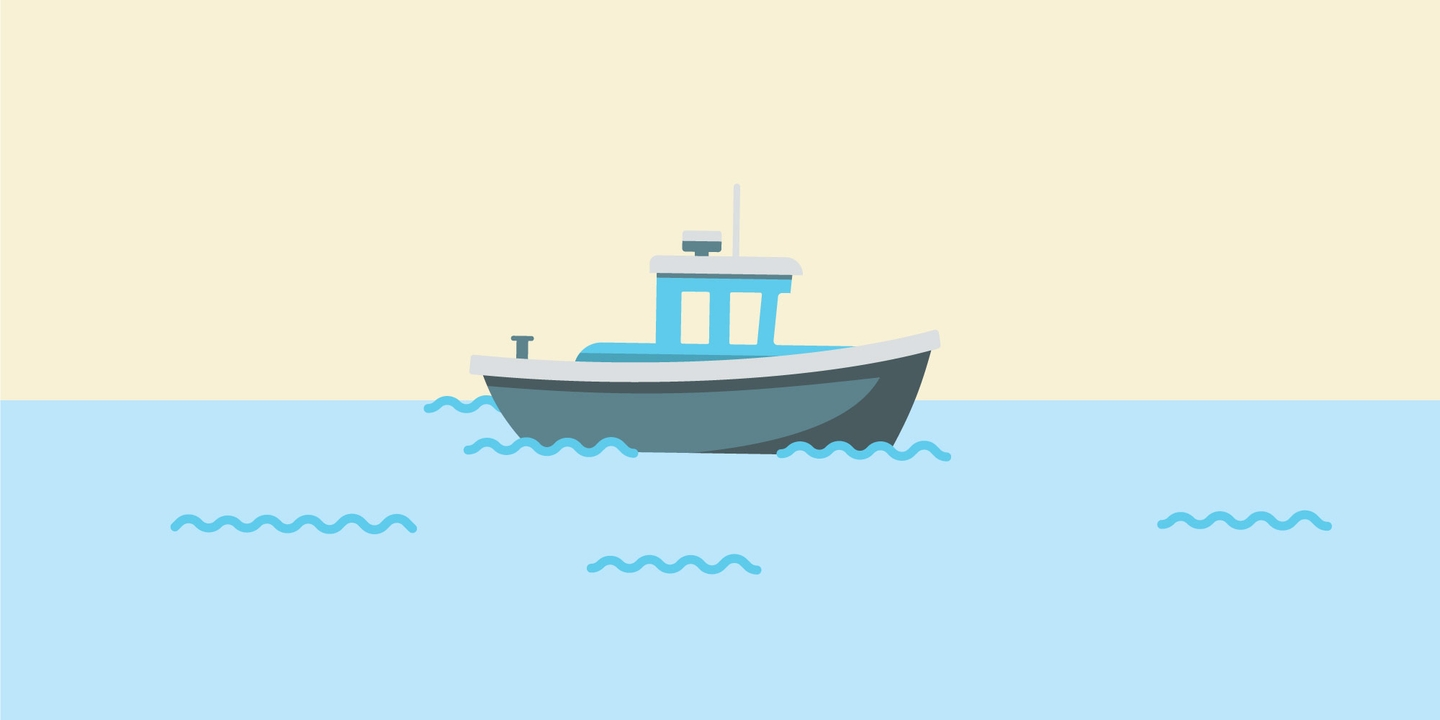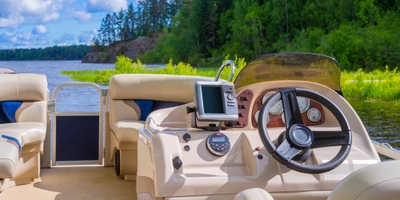What to do if you're stranded on a boat
2 min read
If you're stranded on a boat, it's important to stay calm, secure the safety of your passengers, and get help if you can't fix the issue. Prepare for these situations with proper boat maintenance and carrying on board the safety equipment required by your state and the U.S. Coast Guard. Use distress signals, such as radios, air horns, or flares, if necessary.
- The safety of your passengers is most important. Secure your passengers' safety immediately by providing life jackets and plenty of food and water
- There are several ways to get help on the water, including flagging down fellow boaters, calling the harbormaster, using distress signals, or subscribing to a marine assistance service
Steps to take if you're stranded on the water
1. Secure safety of passengers
The first step when stranded is confirming that life jackets are on every crew member, especially children. After life jackets are securely on passengers, direct everyone to a safe position. The passengers should be sitting on the bow deck or on a bench seat, where they're out of harm's way.
2. Stop your drift
Deploy your anchor—this keeps you from running aground and maintains a fixed position. If you change locations, be sure you've got an appropriate style of anchor that grabs in the bottom terrain. Use fluke anchors for soft sand, grapnel styles in rocks and stones, and mushrooms for weedy, muddy bottoms. According to BoatSetter, anchor line length should be at least ten meters or five times the water's depth.
3. Protect passengers from weather-related dangers
Hypothermia and dehydration are common physical issues for stranded boaters regardless of the duration. You may encounter a variety of weather patterns on the water, so pack gear appropriate to any condition that might arise.
Make sure to bring all the boat safety equipment that the U.S. Coast Guard and your state requires. If you're in a cooler climate or temperatures are lower, you may need to bring a waterproof bag with reflective blankets, rain gear, wool clothing, gloves, and hats. Include a supply of dried, high-protein food like trail mix, power bars, and granola bars along with lots of water in a cooler. Distribute the gear, food, and water as needed.
4. Determine if you can fix the issue
Most on-the-water problems involve issues with fuel systems, electric systems, or high engine temperatures. If you have the experience and skills to fix a simple issue, such as a cracked fuel line, you can avoid using a distress signal and get your crew back to safety as quickly as the issue allows.
5. Get help
If you can't fix the issue, call for help or use boat distress signals if necessary. Distress signal mechanisms include a marine radio, air horn, flares, emergency position-indicating radiobeacon (EPIRB), flashlight, or VHF radio.
Other options include calling the harbormaster, who can refer to your float plan to determine the next course of action. They may dispatch a boat to help or contact the U.S. Coast Guard in some cases. You can also flag down boaters passing to ask for a tow. If you're on the water frequently, you might invest in a subscription to a marine assistance service company. Sea Tow is a good option, and there may be other local options, too.
Another option is Sign & Glide® On-Water Towing, which is an optional Progressive boat insurance coverage that can cover boat towing, jump starts, fuel delivery (the cost of fuel is not included), disentanglements, and soft ungrounding assistance at no out-of-pocket cost. If you're stranded, you can call the dispatch center or use the Sign & Glide app to arrange for the service you need.
Educating yourself on how to drive a boat safely may help you if you plan to include boating in your lifestyle. Taking a boat safety course can help you learn safety regulations, navigation skills, and emergency preparedness.





